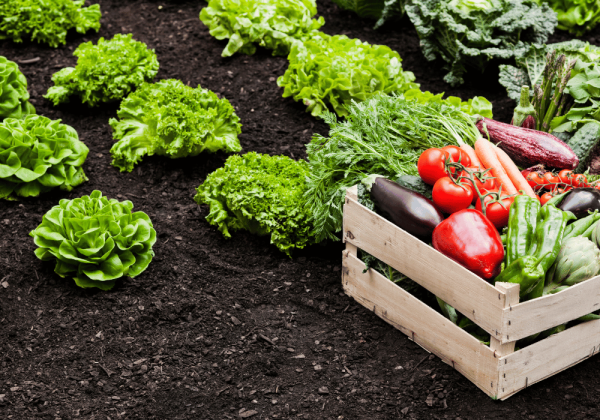In a world where the ripples of sustainability and conservation are spreading far and wide, understanding the dynamics of freshwater use is more crucial than ever. Surprisingly, a significant portion of this precious resource is channeled towards agriculture, specifically irrigation. But just how much of our freshwater goes into quenching the thirst of crops across the globe?
The Lifeblood of Agriculture
 Agriculture stands as the backbone of human civilization, a sector that not only feeds the global population but also supports economies, cultures, and communities. Yet, it’s an industry with immense water needs. Irrigation, the artificial application of water to land to assist in the growing of crops and vegetation, is a critical practice in ensuring food security. However, it’s also the largest consumer of freshwater resources worldwide.
Agriculture stands as the backbone of human civilization, a sector that not only feeds the global population but also supports economies, cultures, and communities. Yet, it’s an industry with immense water needs. Irrigation, the artificial application of water to land to assist in the growing of crops and vegetation, is a critical practice in ensuring food security. However, it’s also the largest consumer of freshwater resources worldwide.
A Deep Dive into the Numbers
The Food and Agriculture Organization (FAO) of the United Nations tells us that around 70% of all freshwater withdrawals worldwide go toward agriculture, with a big chunk of that used for irrigation.This figure is even more staggering in certain regions where agriculture is heavily reliant on irrigation due to arid conditions or intensive farming practices. For instance, in some parts of the world, up to 95% of the freshwater used goes towards agricultural irrigation.
The demand for water in agriculture is driven by several factors, including the type of crops grown, the method of irrigation employed, and the climatic conditions of the region. High-water-demand crops, inefficient irrigation practices, and areas with low rainfall naturally require more water for irrigation.
The Impact and Why It Matters
The heavy reliance on freshwater for irrigation has profound implications for water scarcity and the sustainability of water resources. With the world’s population expected to reach nearly 10 billion by 2050, the pressure on freshwater resources will only intensify, especially in the face of climate change and increasing variability in water availability.
This scenario poses significant challenges for water management in agriculture. It underscores the need for efficient irrigation techniques and practices that can reduce water use without compromising crop yields. Technologies such as drip irrigation, which delivers water directly to the plant’s roots with minimal waste, and rainwater harvesting, which utilizes natural precipitation as an additional water source, are part of the solution.
Towards Sustainable Agricultural Practices
The path to reducing the agricultural sector’s freshwater footprint lies in both technological innovation and policy reform. Investment in water-saving technologies and infrastructure, coupled with policies that encourage water efficiency and conservation, are critical steps in this direction.
Furthermore, there’s a growing movement towards sustainable agriculture practices that emphasize the health of the soil, biodiversity, and ecosystems. These practices not only contribute to water conservation but also enhance food security, support livelihoods, and mitigate the effects of climate change.
 The fact that a large percentage of the world’s freshwater is used for agricultural irrigation speaks volumes about the sector’s impact on global water resources. It highlights the urgent need for sustainable water management practices that balance the demands of feeding a growing population with the imperative of preserving water resources for future generations.
The fact that a large percentage of the world’s freshwater is used for agricultural irrigation speaks volumes about the sector’s impact on global water resources. It highlights the urgent need for sustainable water management practices that balance the demands of feeding a growing population with the imperative of preserving water resources for future generations.
The road ahead requires a collective effort from governments, the agricultural sector, communities, and individuals. Through innovation, policy, and a commitment to sustainability, it’s possible to nurture an agricultural system that thrives on efficiency and conservation, ensuring that the wellspring of life, freshwater, is managed with the care and respect it deserves.
